If any firearm created buzz as a new release in late 2019, it was the Springfield Hellcat. Almost any time that you hear people talking about concealed carry options, the Springfield Hellcat comes up. Let’s take a close look at this very popular CCW option in this Springfield Hellcat review.
General Overview: Springfield Hellcat
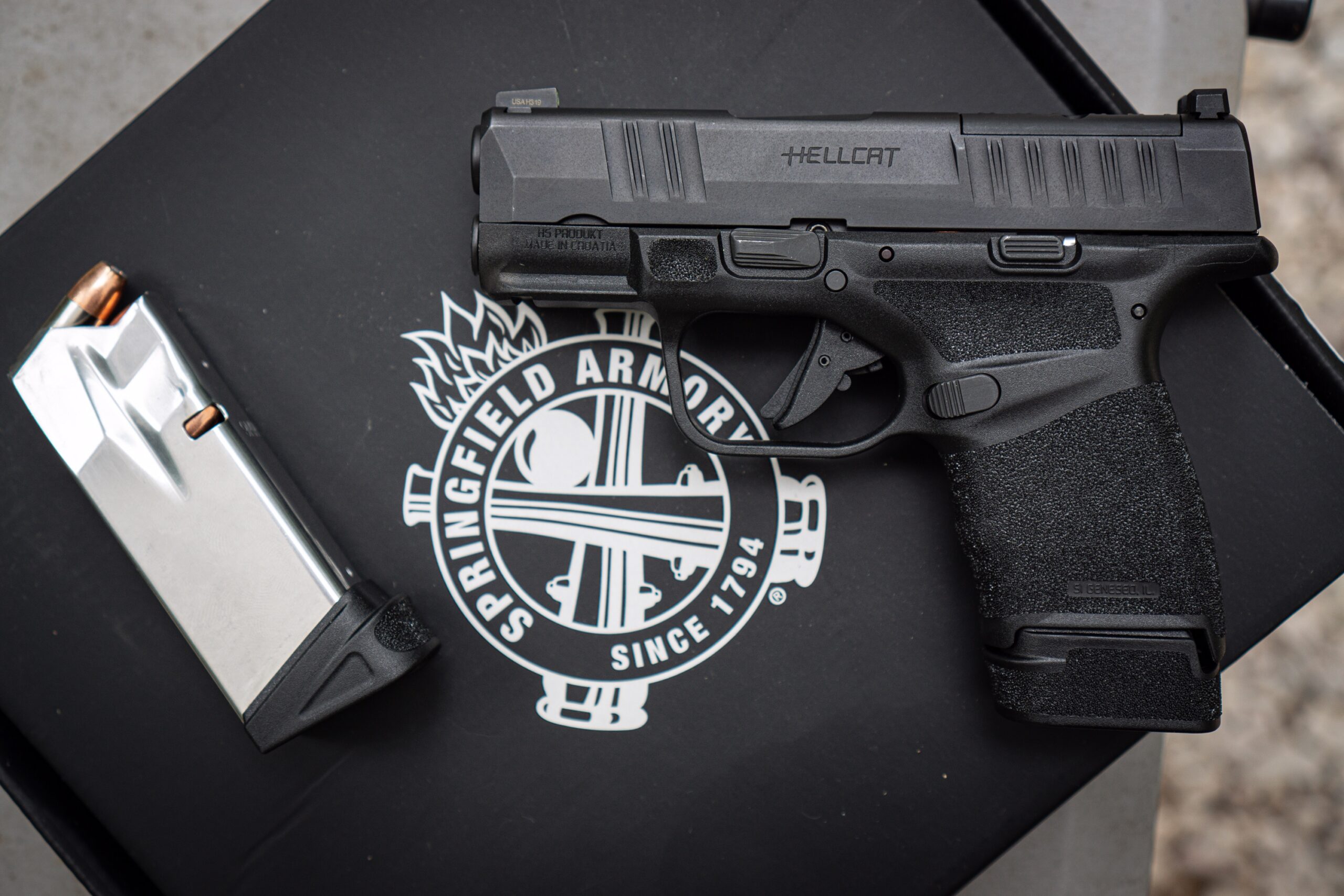
Springfield released the Croatian built Hellcat in September of 2019. Advertised as the “world’s highest capacity micro-compact.” The Hellcat boasts an impressive 9mm capacity potential from the factory. Two magazine sizes are provided with the Hellcat – one offering 11+1 and the other 13+1. Gun owners seem to be increasingly looking for smaller firearms that carry more ammunition. Springfield was locked onto that target audience with this design.
The Hellcat offers features that many find to be appealing – especially considering the overall size of this pistol. The most notable feature is found on the (OSP) Optical Sight Pistol model. This model provides a pre-cut slide that is optic mounting ready. In today’s quickly growing pistol red dot market, this was a nice and uncommon detail.
This feature is a huge leg up on competitors. The cost of having a gunsmith machine a slide for an optic would cost around $125 on the low end – and some might even cost a few hundred dollars. The OSP model is only $30 more than the model without the optic mounting plate. The advantage here is obvious – it’s clearly a nice marketing tactic on Springfields part.
Springfield currently offers two color options (FDE Tan and Black) as well as three models. Those three models are listed below.
- Hellcat 3″ Micro-Compact Handgun
- Hellcat 3″ Micro-Compact OSP (Optical Sight Pistol) Handgun
- Hellcat 3″ Micro-Compact OSP With Fiber Optic Sight
First Impressions: Range Experience
I heard primarily good things about the Hellcat before getting my hands on one for this review. My initial impressions from an aesthetic and ergonomics standpoint were great. This pistol is a huge upgrade from the Springfield XDS in my opinion. The Hellcat feels balanced in the hand and the grip texture was very well thought-out. The Lego-like grip found on the XDS was ditched for the Hellcat – something I’m sure that most will appreciate.
The Hellcat model that I tested for this review was the Micro-Compact OSP. I was able to get the Hellcat out to the range recently and feed it a nice snack of 400 rounds or so. I fired various ammunition types in my testing and the Hellcat cycled all of them with no issues. Whenever I test a handgun like this that I know will be used for a CCW, I always test a few self defense rounds to get a feel for how the firearm will handle the ammunition that many will be relying on too.

The two 9mm self defense rounds that I tested with the Hellcat were the Speer Gold Dot 115 gr. and Hornady Critical Duty 135 gr. +P. Both of these rounds were handled well by the Hellcat. I’ll touch on some of the details of my experience a little deeper into this review, but the recoil management wasn’t exactly what I expected.
Experiencing the Hellcat up close and firing it increased my respect for it. It has a nice, solid feel to the frame and that confidence in hand is not something that every compact firearm brings. Well-built firearms always have a certain weight and presence to them that is hard to describe – but we all know it when it’s in front of us.
Specifications: Springfield Hellcat
- MSRP Price: $599 (OSP Model)
- Caliber: 9mm
- Weight Empty: 17.9 oz (With Flush Magazine)
- Total Length: 6″
- Height: 4″ (With Flush Magazine)
- Width: 1″
- Barrel Length: 3″
- Capacity: 11+1 (Flush Magazine) 13+1 (Extended)
Frame Size & Capacity Considerations

I found the grip to be most comfortable with the extended magazine (no surprise) but also had no real issues with the flush magazine.
Obtaining and keeping a solid high grip on the Hellcat was fairly simple. As mentioned earlier, the ergonomics of the Hellcat seem to be vastly improved from the XDS. I realize this is a preference issue, but I’m sure many will agree.
When you are talking about pistols of this size class, capacity is often something that is compromised. Not as much with the Hellcat. Springfield provides an impressive 11+1 flush magazine and a 13+1 extended magazine. The capacity is surely a driving sales point for Springfield.
Springfield Hellcat Trigger & Sights
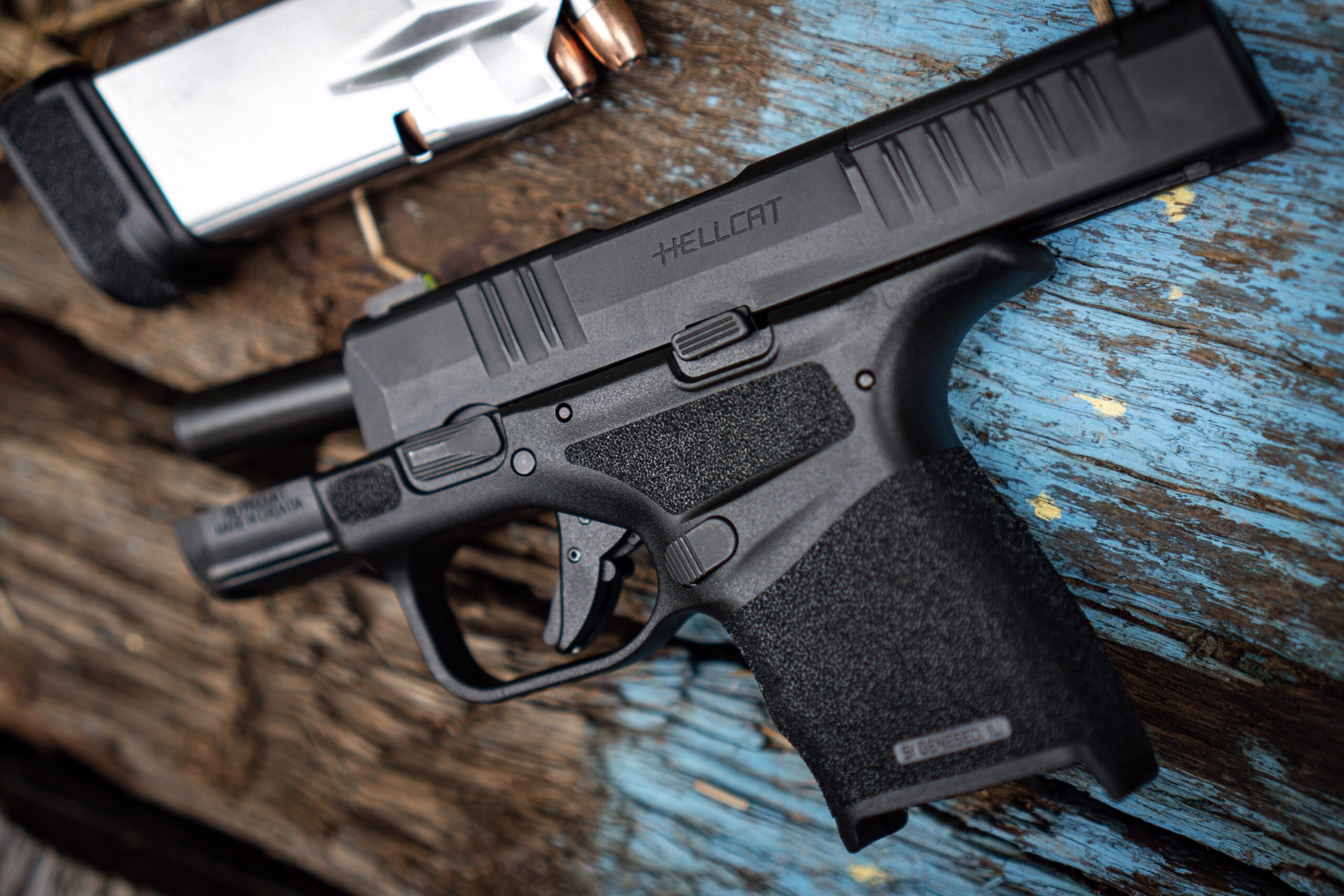
The trigger on the Hellcat is comparable to similar market options. I didn’t find it to be spectacular but also did not experience any real issues with it. The trigger includes a safety blade (like many other handguns) that must be depressed for the gun to be fired. The Hellcat trigger pull weight as tested was 5.43 pounds. I appreciated the smooth travel and crisp break of this trigger.
I found a few complaints online from some that claimed the trigger safety blade was fail point. Those making the claim stated that the trigger safety blade would not depress with lateral pressure applied to the trigger. I did not experience this during my range time with the Hellcat. I wanted to bring this complaint to your attention so that you were aware of it and able to research it on your own as well.
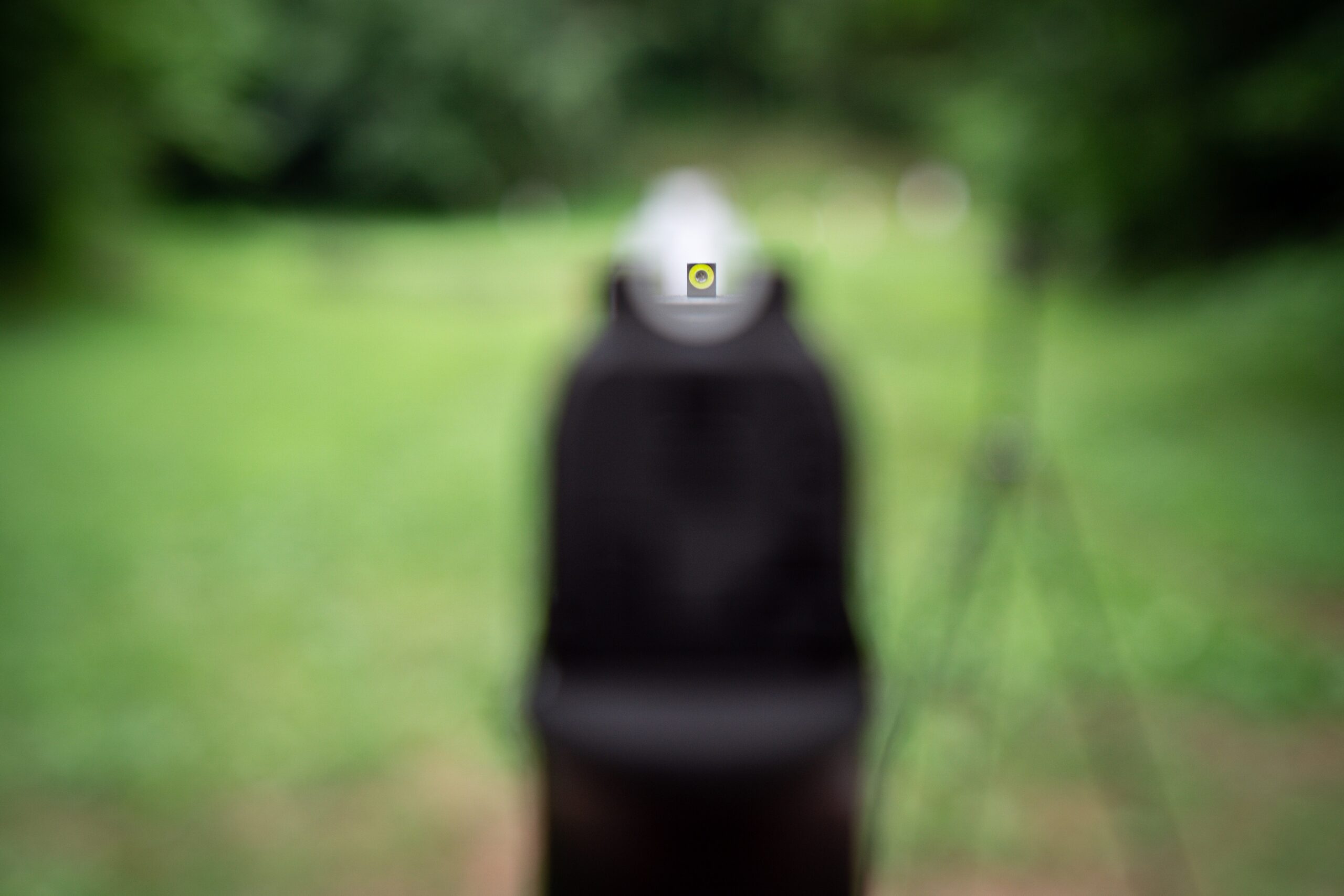
The Tritium U-Dot sights on the Hellcat are unique but seem to function well – at least for me. The most unique aspect is the rear sight. Having a curved “U” shape for a rear sight took a little getting used to. Acquiring and hitting targets with these sights was simple after running them for just a few magazines. Having a luminescent front sight post from the factory is always a nice feature. Springfield also offers a model of the Hellcat with a Fiber Optic front sight for those who prefer that.
Optic Sight Pistol (OSP) Model
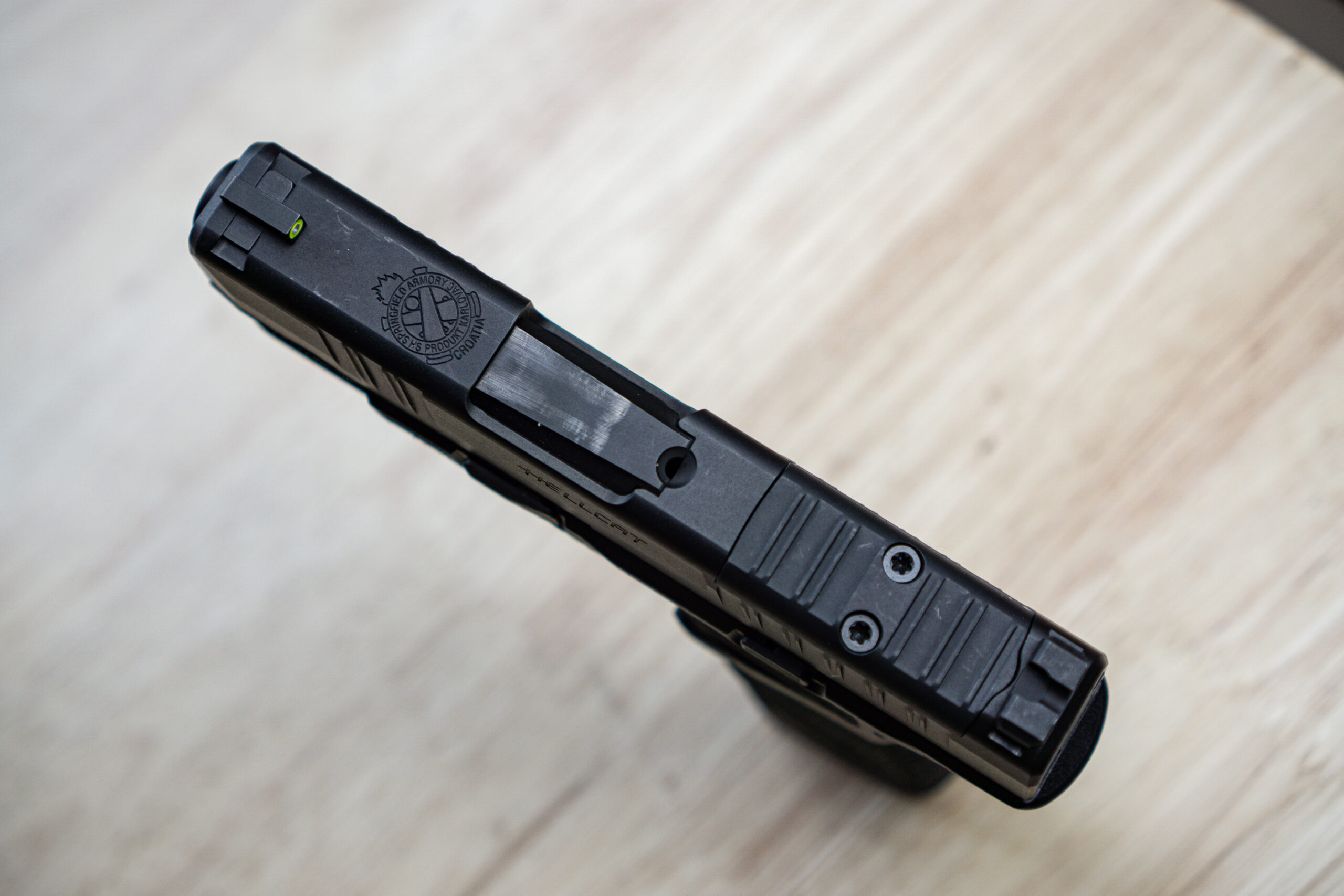
The Hellcat offers features that many find to be appealing – especially considering the overall size of this pistol. The most notable feature is found on the (OSP) Optical Sight Pistol model. This model provides a pre-cut slide that is optic mounting ready. In today’s quickly growing pistol red dot market, this was a nice and uncommon detail.
This feature is a huge leg up on competitors. The cost of having a gunsmith machine a slide for an optic would cost around $125 on the low end – and some might even cost a few hundred dollars. The OSP model is only $30 more than the model without the optic mounting plate. The advantage here is obvious – it’s clearly a nice marketing tactic on Springfields part.
User Experience: Functionality
Immediately after firing my first magazine through the Hellcat, I knew why this little gun was so popular. The Hellcat provides a fantastic grip and it’s easy to forget just how small the gun is with the never ending magazines. Springfield obviously dialed in the aesthetics and ergonomics.
Access to features like the slide release and magazine release is simple. The magazine release on the Hellcat is reversible and much easier to operate compared to the Springfield XDS magazine release. As seen in the XD line from Springfield, the Hellcat includes a loaded chamber indicator port on top of the slide. If you are someone who performs press checks (pulling the slide back just enough to obtain clear view of a round in the chamber) the front slide serrations will be welcomed.
One aspect of firing the hellcat that caught me a little off guard was the recoil management. It’s not bad, just not what I expected. The firearm seemed to handle recoil like the Springfield XDS did – not extremely well. Comparing recoil to the Glock 43X and Sig P365, it did seem to be a little more prominent in my opinion.
Muzzle Velocity Impact
For this review I used Speer Gold Dot 115 gr. ammunition to gain perspective on muzzle velocity out of the Hellcat. A 5 round test group was fired while being tracked using a Labradar Doppler radar. For velocity reference, Speer advertises a muzzle velocity of 1,210 feet per second out of a 4″ barrel.
My test group showed an average muzzle velocity of 1,113 feet per second from the 3″ Hellcat barrel. This is roughly an 8% muzzle velocity difference compared to the advertised muzzle velocity out of a 4″ barrel.
Test Group Data:
- Highest Velocity: 1,124 fps
- Lowest Velocity: 1,101 fps
- Extreme Spread: 23
- Standard Deviation: 9.8
The Takeaway
It is very easy to see why so many are drawn to the Hellcat. The refined grip design and thought out features are apparent. With a starting price of $569, the Hellcat is a little on the pricey side of CCW options. The price tag does seem to match the options and performance in my opinion.
The Hellcat is a great option for those wanting a complete package pistol from the factory – especially if you plan on running a red dot.
Springfield obviously listened to customer feedback and knew what the market needed in a modern CCW option. While the Hellcat isn’t my personal favorite CCW handgun, it definitely gained respect from me during my testing of it. I believe that many others will feel the same way when they get their hands on one.
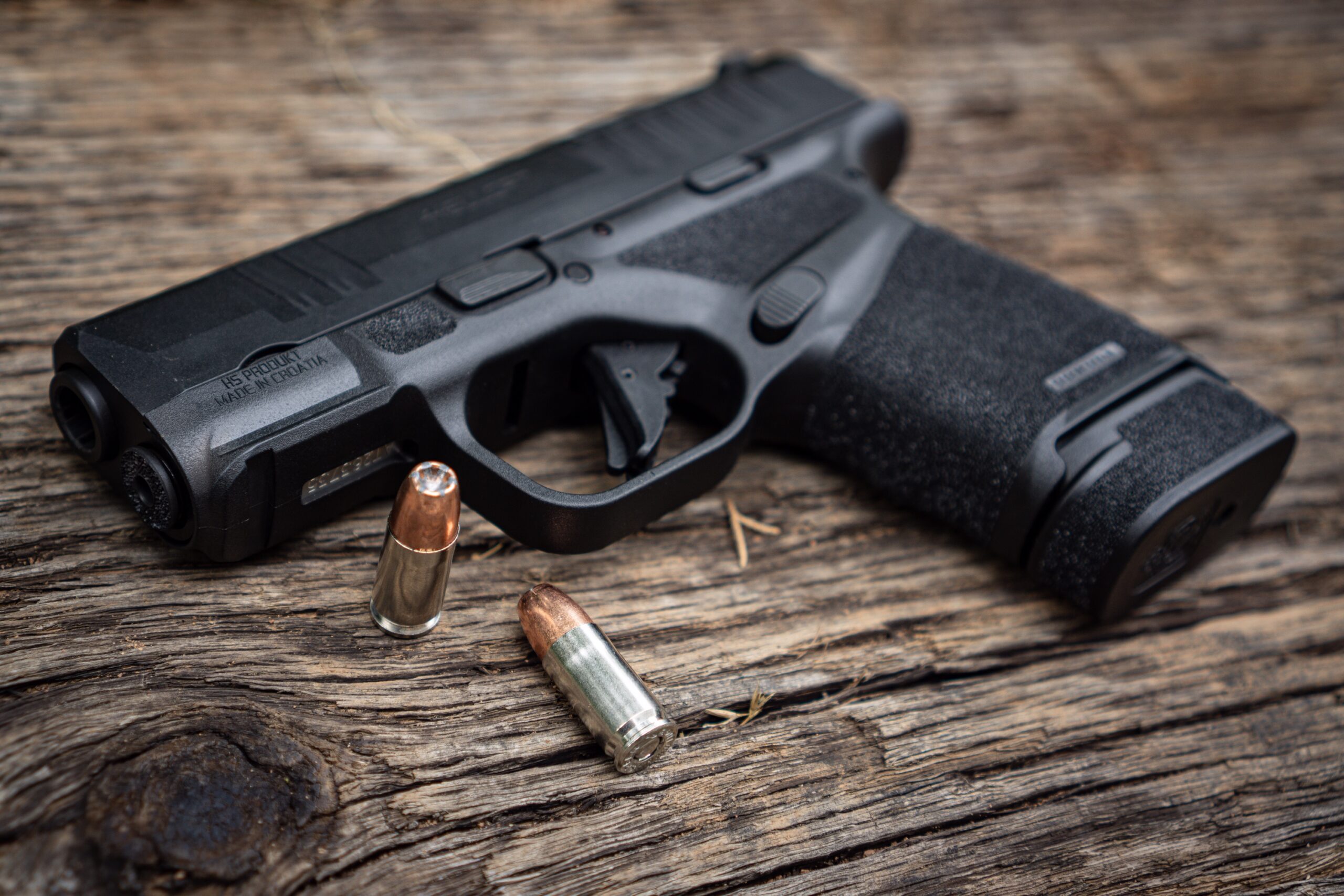


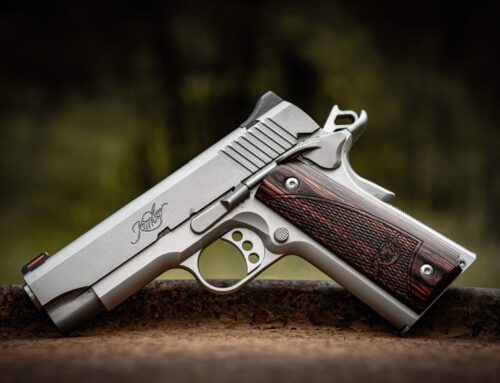
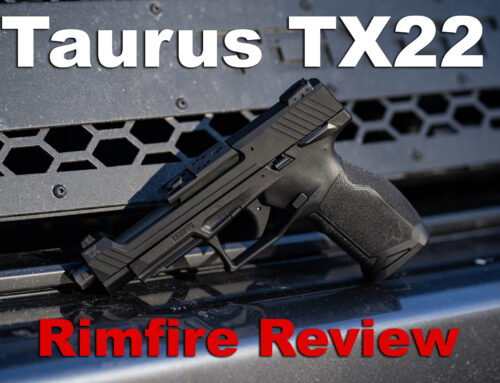
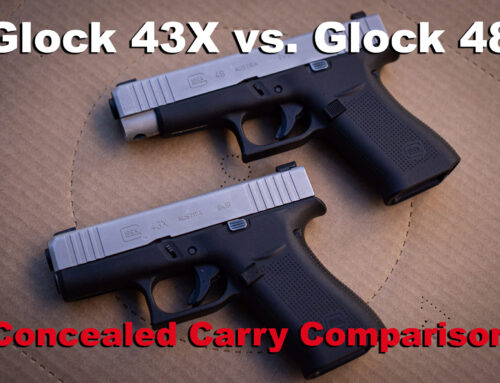
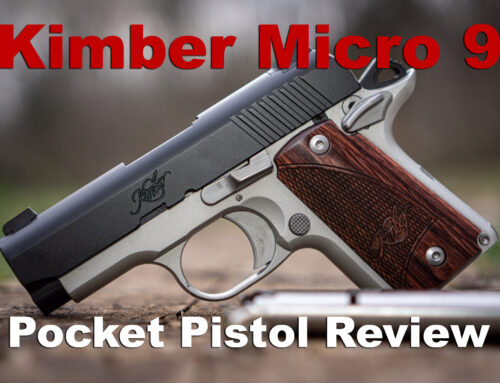
Leave A Comment